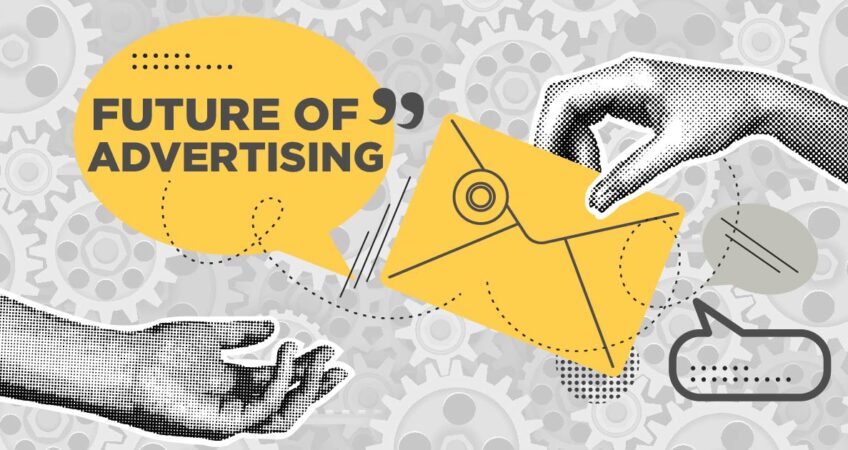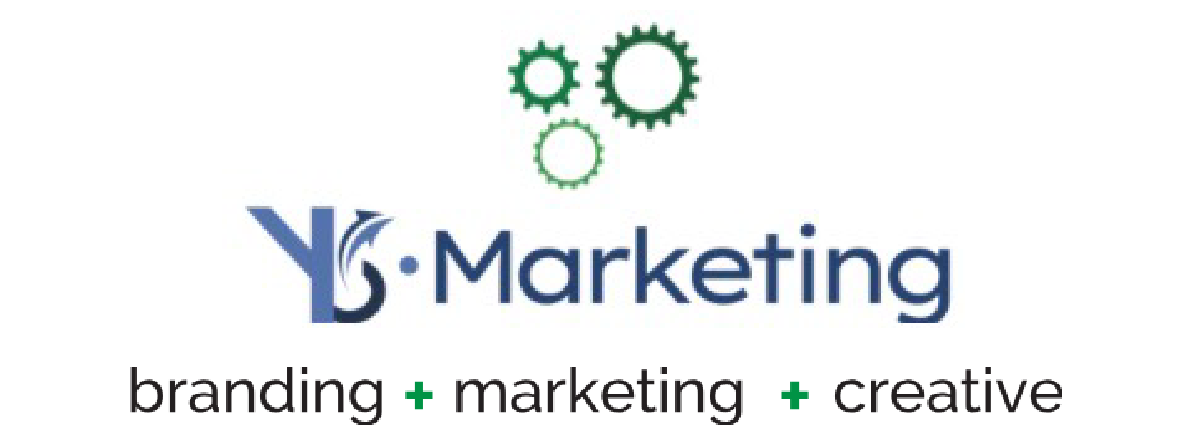
The Future of Advertising: What’s Driving Change in Our Industry
Artificial intelligence, changing methods of customer interaction, ad fatigue, and an endless list of other factors make up the current state of the union in the advertising industry. It’s full of both unique challenges and exciting opportunities, but one thing is for sure: things have changed, and it’s time to adapt.
Let’s dive into a few of the big drivers of this change, and what they mean for both brands and agencies alike.
New Technologies
New technologies and innovations have always had an impact on the way we do business. Companies need to prioritize staying on the cutting edge of these developments, and adapt advertising strategies to a new marketplace.
Different Platforms
The marketing landscape of today is vastly different than the one that Don Draper oversaw from his smoke-filled Madison Avenue office. That means being more adaptable, and open to new streams of communication that can help you reach more of the people you need to.
Changing Customer Behavior
Customers interact with brands very differently than they did even five or ten years ago. That behavior includes how they interact with content, how they make their buying decisions, and whether or not they’ll be brand loyalists in the future. If you can make engagement your primary goal instead of an end sale, you’ll be more likely to succeed with this generation of consumers.
The Advent of Ad-Blockers
As of 2021, 37% of internet users worldwide used ad blockers, according to data cited by Hootsuite. That means people are more in control of what they see, when they see it, and whether or not they’ll act on it. People don’t want the level of disruption to their user experience that, for a while, became the norm online. Giant popups, banner ads you can’t scroll past, and the like might be a thing of the past.
But other methods are popping up and seem to have some potential, like native advertising. The premise of native advertising is simple – the advertising experience mimics the platform that it appears on. Not to mention, organic search efforts can serve as a workaround for companies that don’t want to explicitly advertise to their target audiences, but do want to rank highly on search engine results pages when those same targets search relevant keywords and phrases.
Virtual and Augmented Reality
The rise in popularity in VR and AR has transformed the advertising space in recent years. Similar to the debate around AI, it’s one that seems almost impossible to escape these days. We spoke about engagement earlier, and how more meaningful interactions are high-value with today’s consumer. The lasting impact of something like virtual reality means a stronger brand image and awareness in the collective mind of your target audience. These technologies can take your advertising to a new level of creativity, pushing you outside the box (even if you might not be ready to take the leap).
Get prepared for the future with encite branding + marketing + creative.
We offer a customizable suite of advertising services that are designed to help you succeed and stay ahead of this ever-changing industry.
Contact encite today to learn how these services can help boost your bottom line and turn every ad spend into a success.
